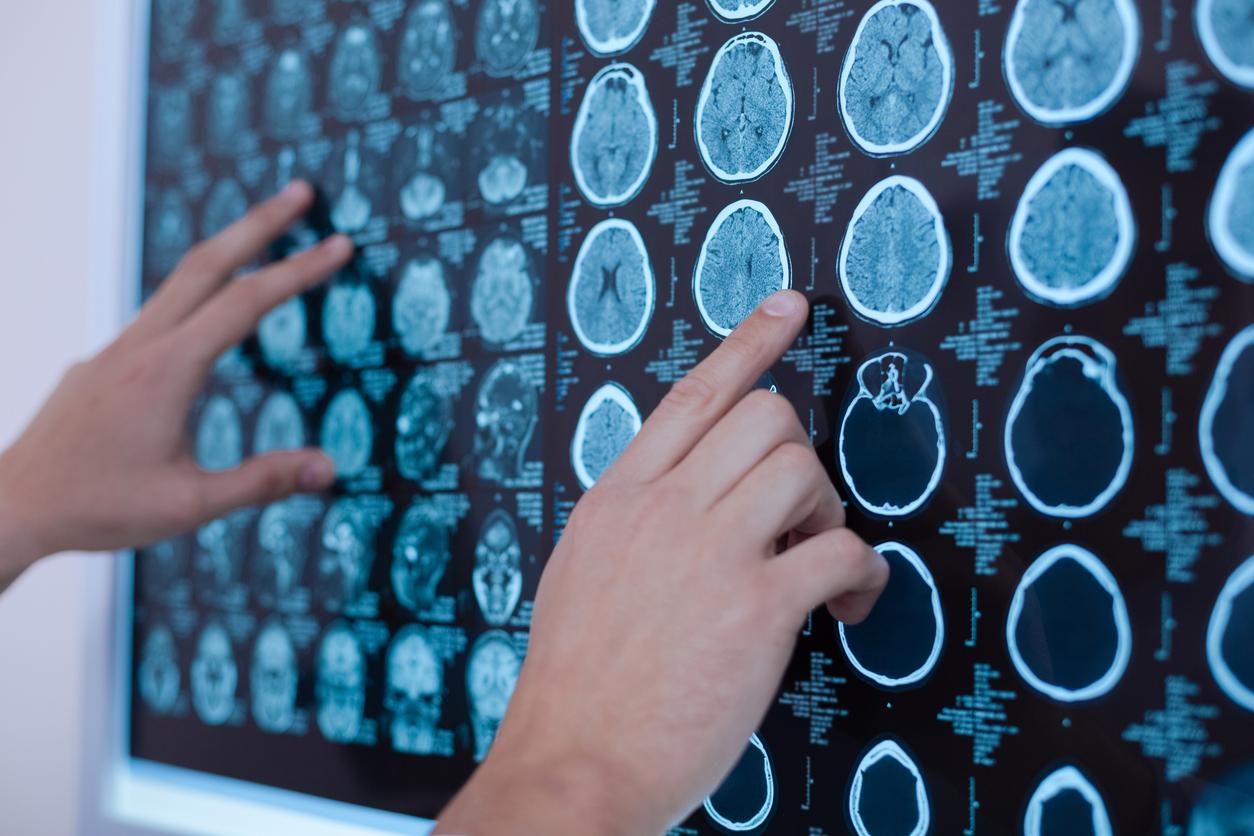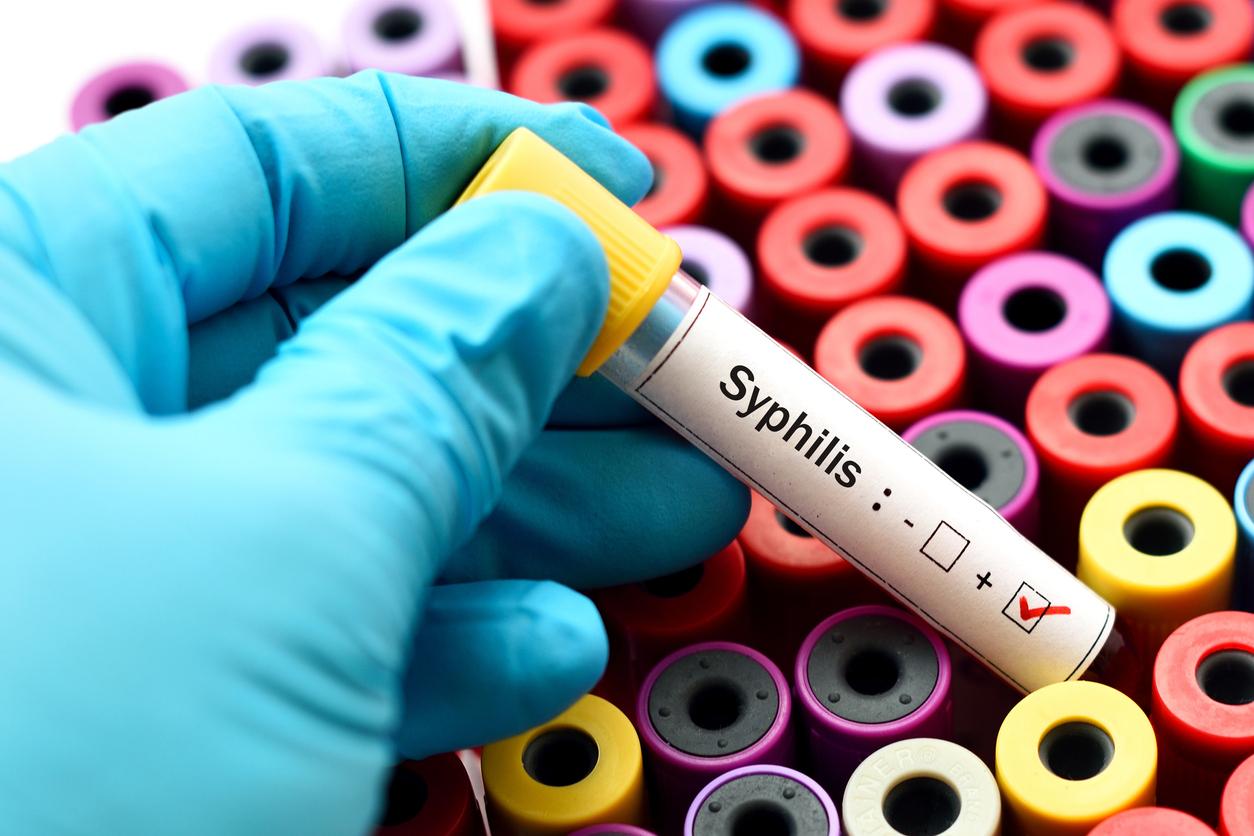The explanation of the mechanism of cluster headaches, one of the most painful headaches, seems to have been found. A treatment revolution is coming.

Cluster headache is one of the paroxysmal headaches whose pain is one of the most intense known. This disorder, although unilateral, is part of “unilateral paroxysmal headache”. It consists of the sudden appearance of excruciating pain around the eye, compared to a burn from a hot poker, and which is associated with vasomotor signs in the territory of the trigeminal nerve (tears, redness of the conjunctiva, runny nose…).
The cluster headache can take 2 forms: episodic or chronic. Most patients have an episodic form which consists of weeks to months of headache attacks followed by remission. People suffering from the chronic form have no remission or, if they have a reprieve, it is less than 3 months per year. They occur in attacks with several attacks per day (up to 8). Current treatments are very ineffective. A better understanding of what triggers these crises could make it possible to identify new therapeutic targets and new treatments.
In a new study, infusion of a neuropeptide called “calcitonin gene-related peptide” (CGRP) triggers cluster headache attacks, demonstrating the pivotal role of this peptide in this orphan disease. Of the 9 patients with an episodic form of cluster headache who were in the attack phase, 8 cluster headaches were triggered after the CGRP infusions, versus one after the placebo. Of the patients who were outside the attack phase, none of the 9 participants experienced pain after CGRP or placebo. Seven of the 14 patients suffering from the chronic form had an onset of their pain after the infusion of CGRP, but none after the placebo. This study, which marks a turning point in the understanding of cluster headaches, is published in JAMA Neurology.
An orphan disease of treatment
Given the duration of acute attacks (15 minutes to 3 hours), available oral treatments are usually too slow to be helpful. Oxygen and injectable sumatriptan can sometimes be effective in some patients. Completely preventing the onset of attacks would therefore be more interesting. However, to date, no specific preventive treatment against cluster headache has been developed.
An injection of corticosteroids into the occipital nerve, with or without local anesthetic, could be useful, as well as verapamil, lithium and melatonin. Unfortunately, the proportion of non-responder patients and frequent tolerance problems, particularly in patients with a chronic episodic form, are high. In addition, a treatment that was effective once will not necessarily be effective the next time.
Pivotal role of calcitonin gene-related peptide
It was already known that blood levels of the “calcitonin gene-related peptide” were elevated during attacks of cluster headaches and that these could be triggered by a nitroglycerin infusion. At the same time, effective treatment of attacks has been observed to normalize CGRP levels in the blood.
This study demonstrates that CGRP infusion can also trigger cluster headache attacks, but only in patients whose disorder is already active. In a rigorous, double-blind, placebo-controlled study, patients suffering from an episodic or chronic form of cluster headache were infused with CGRP or a placebo and monitored for 90 minutes, which brings all the methodological guarantees.
An experimental study
The fact that cluster headache attacks can be triggered by CGRP infusion in patients whose episodic disorder is already active, but not in others, is evidence of the role of the central nervous system (the brain) in the appearance of this disease. It is not simply a peripheral trigger with a secondary reflex response from the trigeminal nerve. The frequently circadian nature of attacks indicates that the posterior hypothalamic region is likely the source of this central susceptibility to attacks. This seems to be confirmed by functional neuroimaging data.
The brains of different patients may have differences in the thresholds for triggering an attack, even in those whose disorder is active. For example, in this study, those with a higher natural attack frequency were more likely to be triggered than others.
A new way of treatment
Phase III studies have demonstrated the efficacy of anti-CGRP monoclonal antibodies, or their receptor, in preventing acute and chronic forms of migraine, and the first of them has just been approved by regulatory authorities in this indication.
Considering all the available data and this study, it is very likely that these drugs may also be useful for the treatment of cluster headache. This is the subject of ongoing studies with anti-CGRP monoclonal antibodies in cluster headache.
We are at the dawn of a therapeutic revolution for patients suffering from one of the most painful illnesses.
.

















